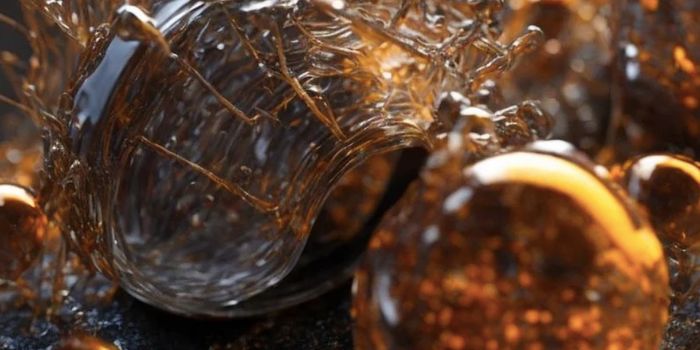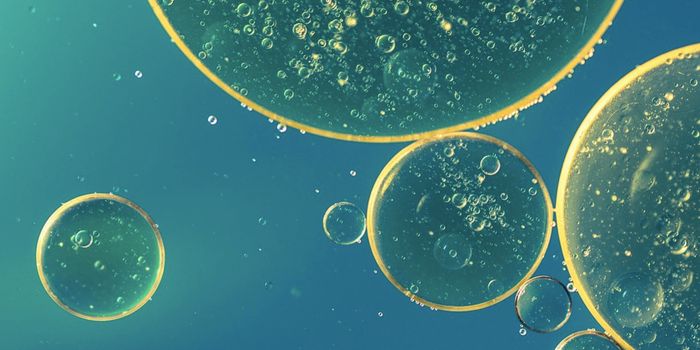Watching the Transfer of Drug Resistance in Bacteria
Many organizations and researchers have sounded the alarm about the rise of antibiotic resistance (as explained in the video), and scientists are aiming to learn more about how resistance spreads among bacteria. Now investigators have visualized the transfer of genetic material that enables antibiotic resistance among microbes, and have learned more about how it happens. The findings have been reported in Science.
Bacteria can easily share genetic material when they make direct contact in a process called bacterial conjugation. The stuff being transferred can be beneficial to the recipient microbe, like a gene that confers resistance to a drug, though many kinds of genetic elements can be transferred this way. The researchers used Escherichia coli as a model to learn more about how microbes acquire resistance to tetracycline through bacterial conjugation.
Bacteria carry efflux pumps that can help remove toxins from their cells, and previous work has indicated that tetracycline resistance can involve these pumps. In this study, the researchers used fluorescence to track the movement of DNA that carried an efflux pump gene from a resistant microbe to one that lacked resistance. The fluorescent glow also showed that the pump began to work in only one to two hours after the DNA moved.
DNA is transferred from donor bacteria (green) to recipient bacteria (red), revealed by red localization foci appearing. Rapid expression of newly acquired genes is demonstrated with green fluorescence in the recipient bacteria.
Tetracycline works by stopping the production of new proteins in bacteria, which kills the microbe. While one may expect that the antibiotic would, therefore, stop the bacterial cell from expressing the gene coding for the efflux pump, that was not the case. Instead, the E. coli survived and became resistant. Another factor was, therefore, thought to be at work.
Further study revealed that another common bacterial efflux pump called AcrAB-TolC could explain these observations. The pump, which is not particularly efficient, can get rid of just enough antibiotic to allow the bacteria to make a few proteins, including one it gets the genetic code for after conjugation.
While this work used E. coli as a model, the findings may hold true for many other bacteria.
"We could even consider a therapy combining an antibiotic and a molecule able to inhibit this generalist pump. While it is still too soon to envisage the therapeutic application of such an inhibitor, numerous studies are currently being performed in this area given the possibility of reducing antibiotic resistance and preventing its spread to the various bacterial species," concluded Lesterlin.
Sources: AAAS/Eureklert! via INSERM, Science





![Everything You Need To Know About NGS [eBook]](https://d3bkbkx82g74b8.cloudfront.net/eyJidWNrZXQiOiJsYWJyb290cy1pbWFnZXMiLCJrZXkiOiJjb250ZW50X2FydGljbGVfcHJvZmlsZV9pbWFnZV9mNTM1ZjIyYzA5MDE5ZmNmMWU5NmI0ZDc4NWU2MzdiZTZlN2I5ZDk5XzE4NDUuanBnIiwiZWRpdHMiOnsidG9Gb3JtYXQiOiJqcGciLCJyZXNpemUiOnsid2lkdGgiOjcwMCwiaGVpZ2h0IjozNTAsImZpdCI6ImNvdmVyIiwicG9zaXRpb24iOiJjZW50ZXIiLCJiYWNrZ3JvdW5kIjoiI2ZmZiJ9LCJmbGF0dGVuIjp7ImJhY2tncm91bmQiOiIjZmZmIn19fQ==)


